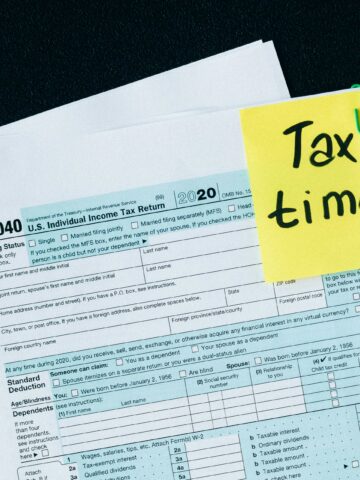Homes can sometimes hold nasty odors that seem to seep into your carpet and walls. Maybe you haven’t cleaned the cat litter, or you microwaved fish, but those smells are easy to solve with a bit of cleaning. Other times, the unpleasant smell lingers no matter what you do. Here are some common reasons your home stinks and what you can do to combat them.
Photo by cottonbro from Pexels
Hidden Mold
While you’re walking through your home, you may have stumbled across a musty, basement-like smell that smells wet or dewy. One of the most common culprits of the scent, especially in older homes, is that mold is hidden within the walls. Since most mold is toxic, it’s crucial that you tackle this smell as soon as you can.
How to Solve Hidden Mold Smells
First, determine the source of the mold, which could come from gutter issues, leaky plumbing, faulty window frames, or poor ventilation. For smaller patches that accumulate in easy-to-reach places, clean the location with soap and water. Then, use one of these 10 best air purifiers to air out the home. For larger problems, call a professional.
Walls or Carpets are Holding Odor
After years of staying in the same home, bad smells can start to build upon your walls and carpets, especially if you’re a smoker. Spilled milk, pet urine, and other food smells can cause this terrible problem, but if you’re renting, the solution can be a little tricky. You won’t be able to rip out the carpets or splash a fresh coat of paint on the walls.
How to Solve Wall and Carpet Odor
Make a cleaning solution that includes a one-to-one ratio of warm vinegar and water in a spray bottle. Apply the mixture directly to the walls to soften the surface and remove stains. For carpets, you can sprinkle baking soda and leave it on overnight. After 24 hours, run a vacuum over the entire carpet. You can also rent a steam cleaner for tougher stains.
Sewage Gas
Even if you don’t have a septic tank, it’s still possible to smell sewage or a rotten egg smell. If you do smell rotten eggs, level the premises immediately and turn off the gas (if possible) because CO2 is currently in the home. Other than that, sewage gas is likely coming from your P-trap, which is located in both your bathroom and kitchen sink.
How to Solve Sewage Gas Smells
Your P-trap is designed to trap water in the pipe, which creates a seal preventing sewer gas from leaking up through the bathtub or sink. If you haven’t used your sink, sewage gas can pass through. To fix this, you can flush your toilet or run your sink or bathtub. However, sometimes your sewer or pipes may be clogged. In that case, you have to call a professional.
Dishwasher is Dirty
Unless you have a large family, most of the time, our dishwashers aren’t used on a daily basis. Oftentimes, we neglect to use our dishwasher for several weeks because we’re dashing our dishes in the sink. Just like any source that contains water, you can start experiencing smells or problems due to stagnant water or trapped food located inside the pipes.
How to Solve a Dirty Dishwasher
You can start by emptying your dishwasher and filling it with a cup of vinegar or baking soda, and running it- just don’t use them together! You should also do the occasional deep cleaning by scrubbing down the inside and servicing the seals and dishwasher trap located under the sprayer. If the trap comes out, rinse it in the sink. If not, remove the gunk with a towel.


















Leave a Reply